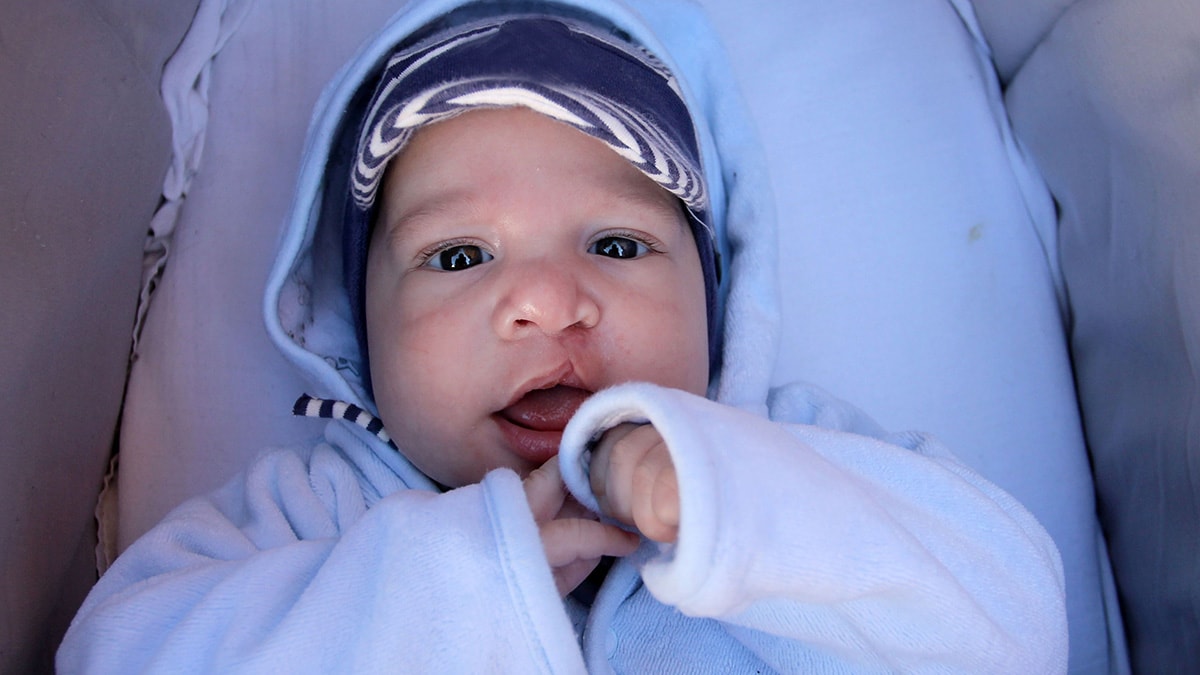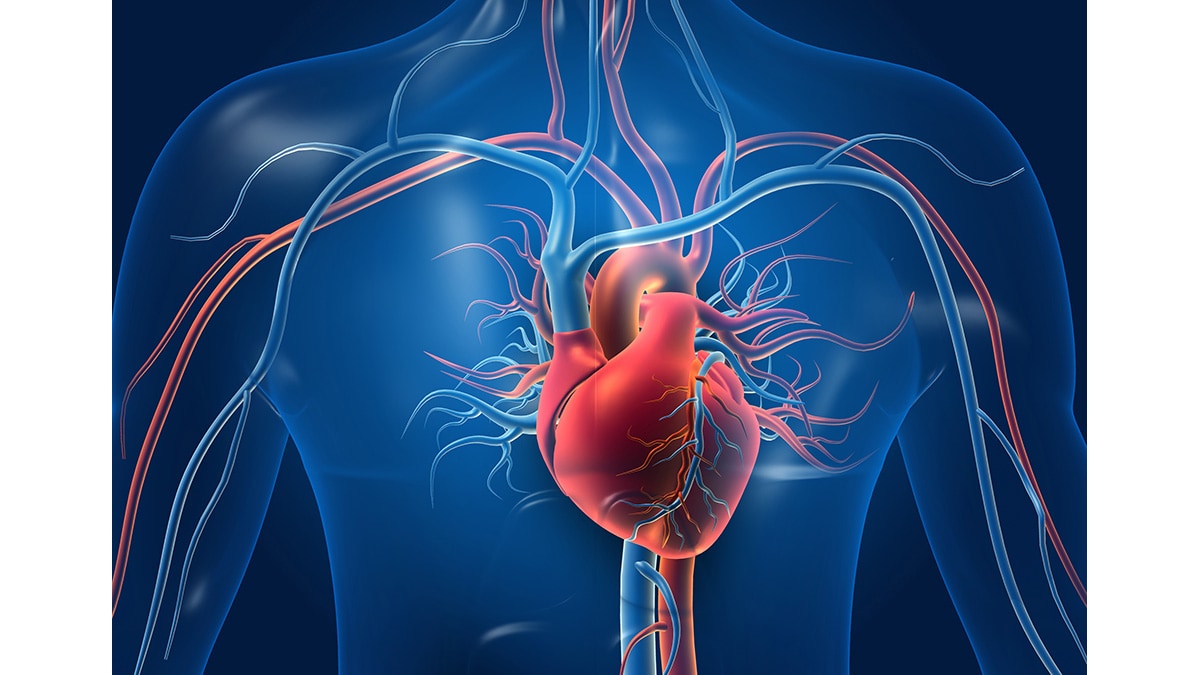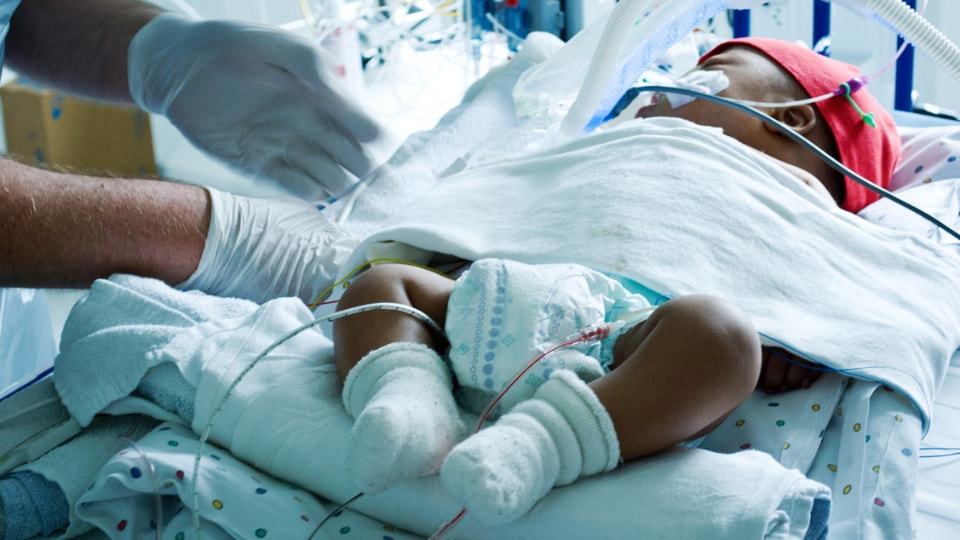At a glance
- Major birth defects are structural changes in one or more parts of the body.
- They are present at birth.
- They can have a serious, adverse event on the health, development, or functional ability of the baby.

Information about specific birth defects
Anencephaly is a birth defect in which a baby is born without parts of the brain and skull.
Anophthalmia and microphthalmia are birth defects of a baby's eye(s).
Anotia and microtia are birth defects of a baby's ear.
Cleft lip and palate are birth defects that occur when a baby's lip or mouth don't form properly.
Find information on different types of congenital heart defects.
Craniosynostosis is a birth defect in which the bones in a baby's skull join together too early.
Diaphragmatic hernia is a birth defect where there is a hole in the diaphragm.
Down syndrome is a condition in which a person has an extra chromosome 21.
Encephalocele is a sac-like protrusion of the brain through an opening in the skull.
Esophageal atresia is a birth defect of the tube (esophagus) that connects the mouth to the stomach.
Gastroschisis is a birth defect where there is a hole in the abdominal wall beside the belly button.
Hypospadias is a birth defect where the opening of the urethra isn't at the tip of the penis.
Limb reduction defects occur when a part of or the entire arm or leg fails to form completely.
Microcephaly is a birth defect where a baby's head is smaller than expected.
Neural tube defects are severe birth defects of the brain and spine.
Omphalocele is a birth defect of the abdominal (belly) wall.
Spina bifida is a condition that affects the spine and is usually apparent at birth.

















